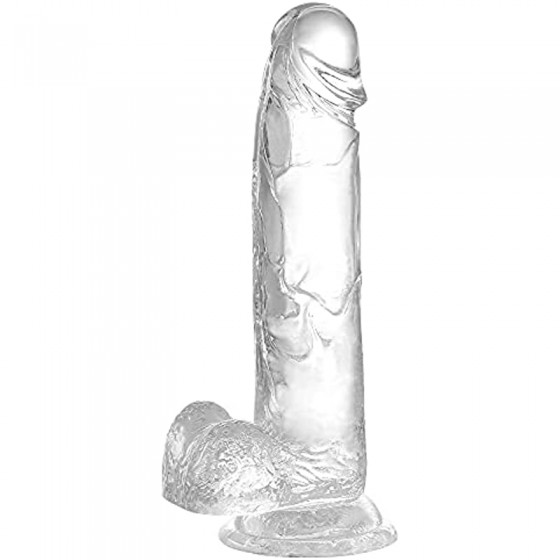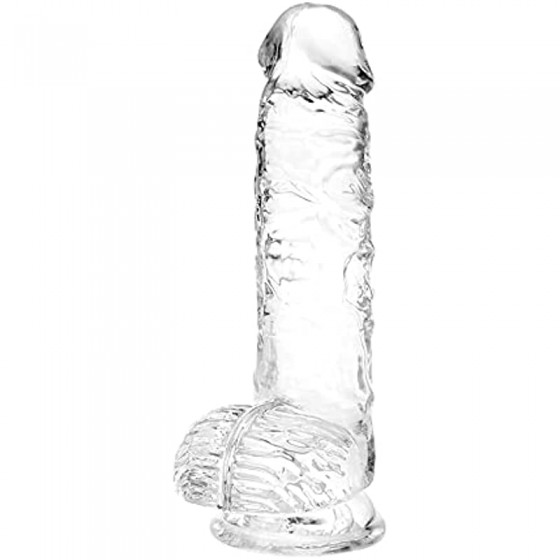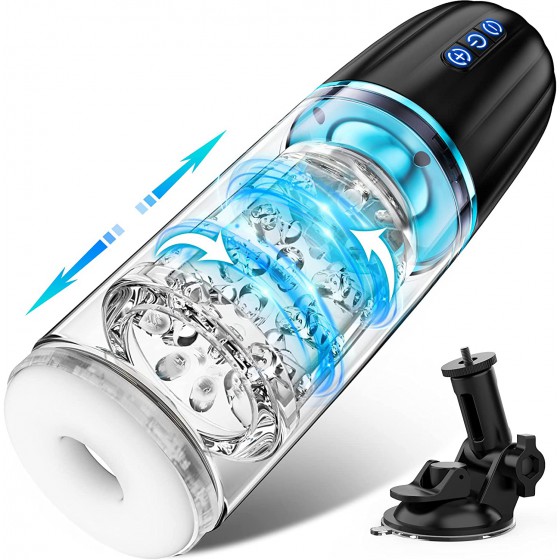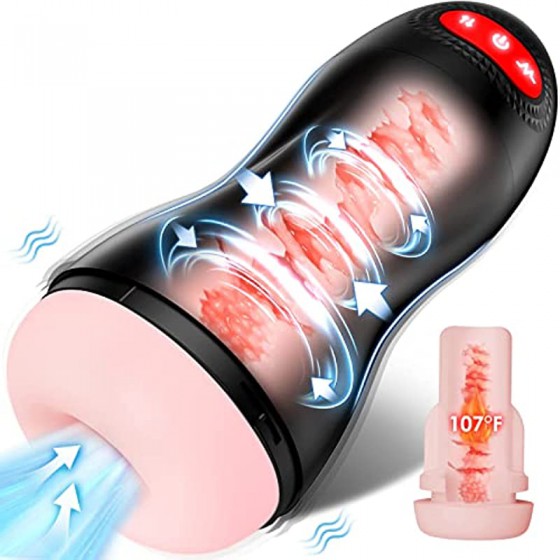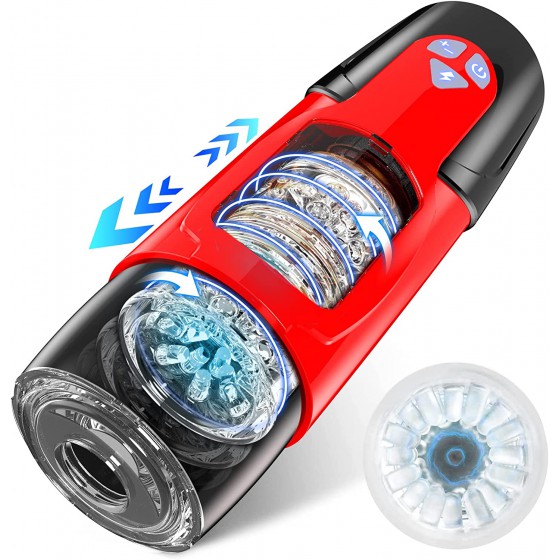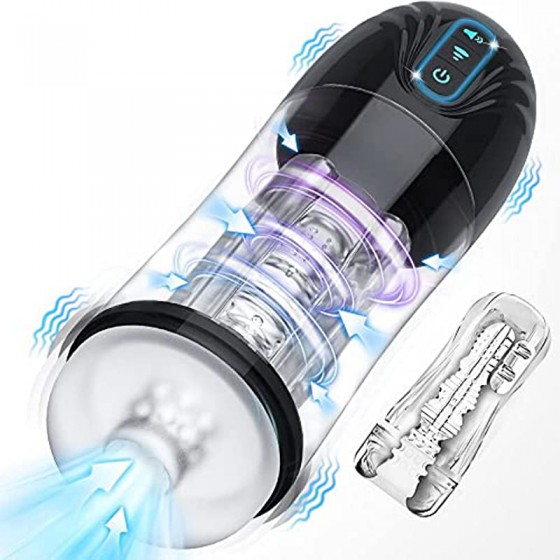How to treat nocturnal emissions
Nocturnal emissions can basically be said to be a physiological phenomenon. Because about 90% of normal adult men have nocturnal emissions. Nocturnal emissions are divided into nocturnal emissions and spermatorrhea. It may appear from 1 to 2 years after puberty to old age. Nocturnal nocturnal emissions, also known as nocturnal emissions or dream infertility, are called "horse racing". Spontaneous ejaculation in a awake state without masturbation or sexual intercourse stimulation is called "slippery semen". Fundamentally there is not much difference between the two.
When women experience a large increase in vaginal secretions during sleep or under sexual stimulation, they will also expel mucus, which is generally not noticed. However, this is different for men. Many men regard the physiological phenomenon of spermatorrhea as Worried about the disease. So, how to treat nocturnal emissions? Only by understanding the causes and mechanisms of nocturnal emissions can we treat it correctly.
Nocturnal emissions rarely occur in boys under the age of 12. The incidence of nocturnal emissions in boys by the age of 14 is about 25%. The incidence is higher in male teenagers in cities and with better family economic conditions. It is about 55% at the age of 16, 70% at the age of 18, 75% to 80% at the age of 20. By the age of 45, at least 90% of men have experienced nocturnal emissions under certain circumstances. The frequency of nocturnal emissions is usually once a week or once every few weeks. Someone has done a survey and found that the occurrence of nocturnal emissions is directly proportional to the level of education. According to a survey, 18% of single men with a junior high school education and 30% to 46% of single men with a college education experience nocturnal emissions once a month on average.
Wet dreams can be the result of sexual dreams, or the result of the bed being too warm, the underwear being too tight, or the clothes and quilt stimulating the penis.
Traditional Chinese medicine literature classifies "a dream and a nocturnal emission as a nocturnal emission, and a dream and a nocturnal emission as a nocturnal emission" is the earliest way to distinguish between a nocturnal emission and a nocturnal emission. The sexual dream before the wet dream may be very vague, and some people cannot recall the main plot of the sexual dream after the wet dream. It may also be crystal clear, with some people waking up in the morning with vivid recollections of the events that occurred in their dreams. In fact, sex dreams are subconscious reactions that are often related to fantasies and experiences.
Today, people with preliminary sexual knowledge regard spermatorrhea as a physiological phenomenon and an integral part of human sexual behavior. In the past, both my country’s feudal traditional cultural consciousness and foreign feudal ethics regarded it as Nocturnal emissions are described as "strange phenomena". In the Babylonian era, people thought it was the result of the visit of the "Night Lady" or "Night Angel", who would visit men when they were sleeping. In the Middle Ages, people believed that nocturnal emissions were the work of the devil. In China, the preciousness of semen has been overemphasized and has always been Treating nocturnal emissions as a morbid condition, and the loss of semen will lead to kidney qi deficiency. Taking kidney qi as the foundation of human body's righteousness and overemphasis on the adverse effects of nocturnal emissions on the human body have caused people to misunderstand the treatment of nocturnal emissions. .
For teenagers, parents or school teachers have the responsibility to tell them that occasional nocturnal emissions are a normal physiological phenomenon and there is no need to panic, nor is it an immoral or bad thing to say bad things. Not talking about it will hurt their psychology and cause unnecessary psychological burden.
This article comes from adult.6kmall.com and is published by netizens. This site only quotes it for reference. It does not mean that this site agrees with the views of the article. If you believe that the content and intellectual property rights of this article infringe upon your interests, please contact us.


